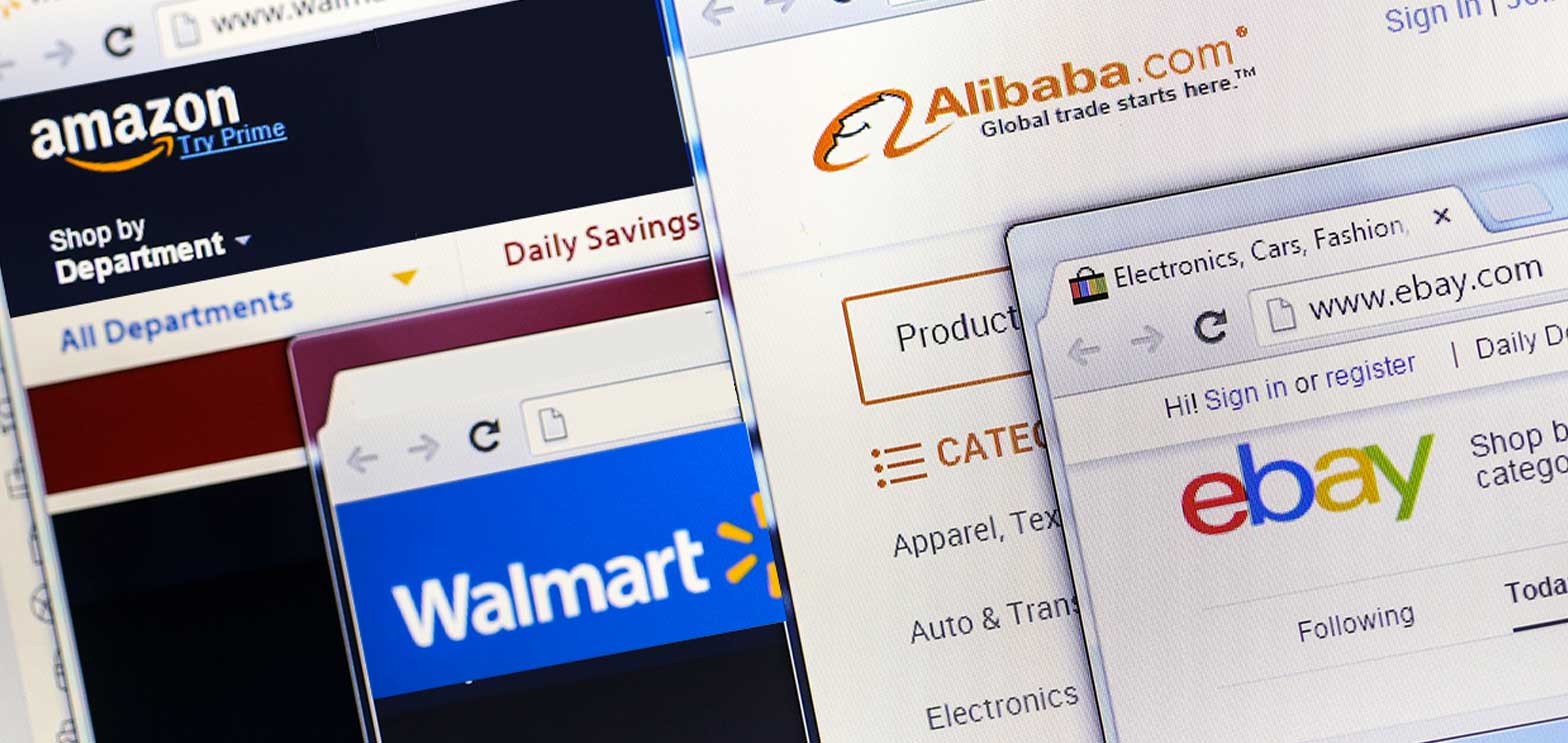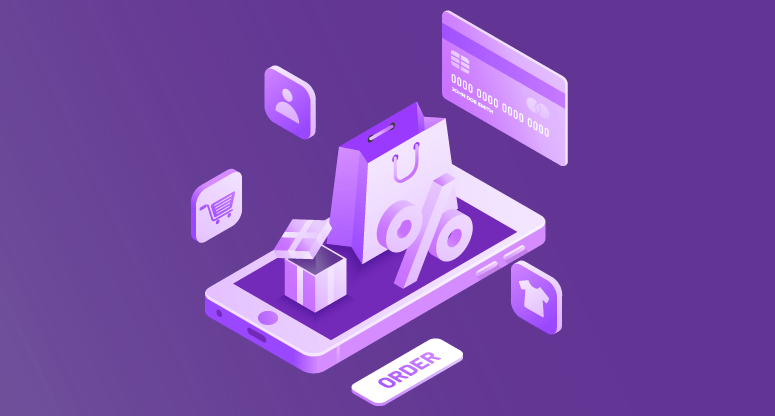Customer Experience5 minute read
A Brief History of the On-Demand Economy (and What It Means for the Future of Customer Care)
The on-demand economy enables businesses to enjoy premium outsourced services at truly economical prices—a key advantage when it comes to customer service.

“Consumer behavior is changing. Immediate access to messaging, e-mail, media, and other online functionality through smartphones has generated a sense of entitlement to fast, simple, and efficient experiences.”
In the few years since Mike Jaconi wrote those words in the Business Insider, they’ve become even more apt. Thanks to a steady stream of ever-more convenient technology, today’s consumers demand instant access to your business, wherever and whenever they happen to be.
And if they don’t receive it, there’s little to stop them from heading over to the competition—a prospect made increasingly easy by the technological innovations driving this new on-demand economy.
In other words, the on-demand economy is more than a buzzword: It’s an integral part of commerce and even everyday life, where purchases of all shapes and sizes are made with the click of a button—and more often than not, on the living room couch as opposed to the local mall or showroom floor. And the same levels of access and convenience are increasingly in demand for a company’s customer service.
The on-demand economy is more than a buzzword: It’s an integral part of commerce and even everyday life, where purchases of all shapes and sizes are made with the click of a button—and more often than not, on the living room couch as opposed to the local mall or showroom floor.
For businesses not equipped with a full-scale technological footprint or advanced expertise in costumer communications, this can be a challenge. Yet, it may also contain its own solution: These same innovations in consumer technology also can be leveraged to use the services of specialized providers skilled at engaging with customers in the ways they now demand. And they can do so at a lower price point, and with a higher level of expertise, than businesses could accomplish in-house.
A Brief History of the On-demand Economy
How did we get here? Though it’s a relatively new concept, the foundations of the on-demand economy reach back decades further. Most observers trace it to 2007, when the introduction of the first iPhone launched the smartphone industry and the app-based marketplace. Others trace it to a few years earlier, when the launch of digital services, such as iTunes, helped usher in a new model of media consumption.
The distinction here is worth noting: Though the on-demand economy is now strongly associated with app-based businesses, including Uber and Lyft, it also takes in broader, web-based interactions, such as video streaming from Netflix or vacation planning from Airbnb—both of which existed as websites before transitioning into largely app-based services.

Illustration of all encompassing e-commerce interface
Following this thread means following the on-demand economy to even earlier origins. Forward-thinking, mega-retailer Amazon built the infrastructure to offer a huge variety of products and services to every geographical region of America long before it was considered feasible to do so. The company even operated in the red until 2009; yet when it began turning a significant profit, its nationwide retailing network was already dominant as an established, even unassailable, brand.
In a sense, the on-demand economy is simply the next stage in the evolution of consumer retail. For consumers, it represents a new level of convenience and access. And for businesses, it represents a better way to outsource—or the improved means to entrust certain aspects of a business model to an expert. In this sense, the on-demand model simply takes the dedicated service partner one step further by making the service more instant and accessible than ever before.
“In a sense, the on-demand economy is simply the next stage in the evolution of consumer retail.” Click To Tweet
…and What It Means for the Future of Customer Care
When it comes to customer service, and meeting the escalating demands of consumers for instant access and premium care, the on-demand economy offers businesses not only instant expertise, but also the chance to avoid significant investments in technology, labor and overhead costs. This doesn’t simply mean access to the latest consumer tech; it also means the skill and expertise to use that technology to engage with customers in an effective way.
Speaking of the need for a winning formula that makes some on-demand service providers more effective and successful than others, business coaching expert Glenn Laumeister writes in his look at the online marketplace that the secret to success is not the technology itself, although that does play “an important supporting role.”
The secret to success is not the technology itself, although that does play “an important supporting role, the “secret sauce,” rather, “is the single-minded obsessive focus on solving one big universal problem for the buyers.
The “secret sauce,” rather, “is the single-minded obsessive focus on solving one big universal problem for the buyers,” Laumeister writes. And when it comes to customer service, this means a focus on offering all the components of premium, in-house customer care within a single point of access.
From hiring and managing call center agents to tracking their hours, from managing tax obligations to a constant diligence regarding software and security, on-demand customer care provides all the aspects of running a physical call center via one easy-to-use online interface. For small and medium-sized businesses, this means avoiding the expense (and learning curve) of employing full-time or even temporary reps, and entrusting communications to a true expert who can effectively engage with customers and prospects on their own terms, and across all available communications channels.
“On-demand customer care provides all the aspects of running a physical call center via one easy-to-use online interface.” Click To Tweet
True to its nature as a harbinger of the economic possibilities, the on-demand contact center provides not just an efficient way to handle the most basic customer care services, it also comes complete with an entire suite of advanced offerings, including:
- A workforce that can automatically scale up or down to meet increased (or decreased) demand, at no additional, in-house operational expense.
- Access to all the digital tools needed for a successful customer experience, including premium hardware and the latest versions of applicable software.
- Advanced analytical capabilities built into the interface that help design a more predictive and proactive customer experience.
- Customer service agents with in-depth knowledge of your industry, and who can interact with customers and prospects in meaningful ways that elevate your brand.

Illustration of a man and a woman shopping online using smart TV
All of these benefits add up to operational convenience, and a means for smaller businesses to maintain a competitive edge in an era where superior customer experience is vital in any industry. On-demand customer care also offers entrepreneurs the means to better focus on their own particular strengths, making it a powerful tool to compete against larger, more established businesses.
For many businesses, on-demand customer care offers the means to provide a superior experiences without incurring enormous overhead costs. If you’re interested in exploring the benefits of on-demand contact center services, we’re standing by to answer any questions you may have: Contact us here.
Schedule a complimentary consultation with a Working Solutions specialist today.
Let's talk
This Might Interest You...
This website uses cookies to personalize and improve your experience. Continue browsing our site if you agree to our Cookie Policy or feel free to Manage Cookies yourself.


